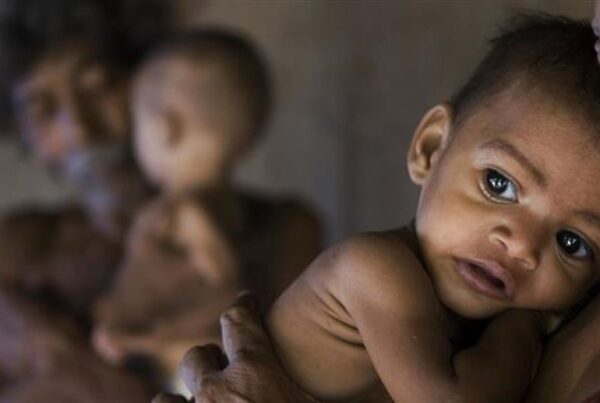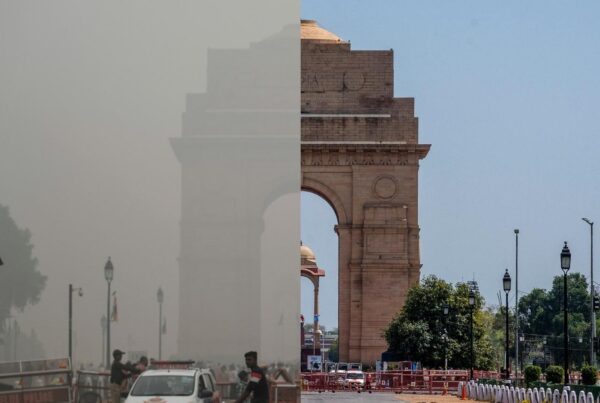India is currently facing a significant public health challenge with a rising number of liver disease cases across the country. Recent studies and reports have highlighted the widespread prevalence of conditions such as non-alcoholic fatty liver disease (NAFLD), which is emerging as a leading cause of liver-related health issues. According to data from premier medical institutions like AIIMS and reports from the Union Health Ministry, nearly 30 to 38 percent of Indians are affected by NAFLD. Alarmingly, this includes a growing number of children, with some estimates suggesting that around 35 percent of pediatric cases are also linked to this condition.
The increasing burden of liver disease in India can be attributed to a range of lifestyle-related factors. Poor dietary habits, including high consumption of processed foods, sugary beverages, and unhealthy fats, combined with a sedentary lifestyle, have led to a surge in obesity and metabolic disorders. These, in turn, are closely associated with the development of fatty liver and other liver complications. While alcohol-related liver damage remains a significant concern, the current trend shows that even individuals who do not consume alcohol are at high risk due to NAFLD.
This condition often progresses silently, with many patients showing no symptoms until the disease has advanced to more serious stages such as non-alcoholic steatohepatitis (NASH), cirrhosis, or even liver cancer. Experts warn that liver cancer, driven in part by undiagnosed or untreated NAFLD, is among the fastest-growing cancers globally, and India is not immune to this trend.
Healthcare professionals are urging the public to adopt preventive measures such as maintaining a balanced diet, engaging in regular physical activity, managing weight, and reducing the intake of alcohol and high-sugar foods. Early screening and awareness campaigns are also crucial in identifying high-risk individuals and intervening before irreversible liver damage occurs.
With millions potentially living with undiagnosed liver disease, the need for comprehensive national strategies focusing on liver health is more urgent than ever. Public education, accessible screening programs, and community health initiatives could play a vital role in reversing the current trajectory and reducing the burden of liver disease in India.




